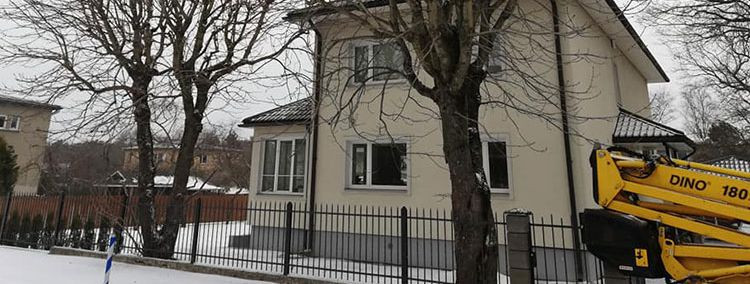5 signs it's time to remove a hazardous tree
Trees are a vital part of our environment, offering beauty, shade, and a habitat for wildlife. However, they can also pose significant risks to property and personal safety when they become hazardous. Recognizing the signs of a dangerous tree is crucial for homeowners and property managers to prevent potential damage or injury.
Understanding Tree Hazards
A hazardous tree is one that has a significant likelihood of falling or losing limbs, which could result in injury, property damage, or both. Factors such as structural integrity, health, and location play a role in determining the level of risk a tree poses.
Identifying a hazardous tree often requires the trained eye of a professional. Arborists can assess a tree's condition and recommend the best course of action, whether it's pruning, treatment, or removal.
Sign 1: Noticeable Lean
A tree with a noticeable lean can be a sign of root damage or soil erosion. It's essential to assess whether the lean is natural or a recent development, as the latter suggests instability.
Soil movement around the base of a tree or exposed roots can indicate that the tree is losing its anchor and may be at risk of toppling over.
Sign 2: Structural Damage and Decay
Fungi, such as mushrooms growing at the tree's base, cavities, or cracks in the trunk, can all be indicators of decay, which compromises the tree's structural integrity.
While external signs are telling, internal decay can be even more dangerous as it's often hidden. A professional can perform tests to determine the extent of internal damage.
Sign 3: Damaged or Dead Branches
Dead or hanging branches, known as 'widow-makers,' can fall without warning. Regular inspection and maintenance can help identify and address these risks.
Branches that lack bark, have deep cracks, or show signs of fungal growth could be dead or dying and likely to break off.
Sign 4: Proximity to Power Lines or Structures
Trees growing too close to power lines or buildings pose a risk of damage during storms or as a result of growth. It's important to maintain a safe distance to prevent such hazards.
There may be legal implications for failing to address trees that threaten power lines or encroach on neighboring properties. Preventative pruning or removal may be necessary.
Sign 5: Disease and Infestation
Diseases like Dutch elm disease or pests such as the emerald ash borer can weaken trees, making them more susceptible to falling. Early detection and treatment are key.
An infected or infested tree can spread disease or pests to other vegetation, causing widespread damage. A professional can advise on whether the tree can be saved or should be removed.






Comments (0)